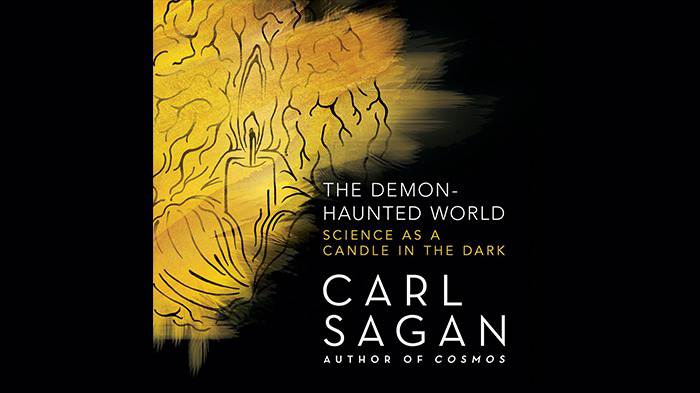

As an astronomer, Sagan is especially plagued by reports of UFO visitations and abductions, so that is what he focuses on, analyzing these reports in detail, starting with the origins of the ``flying saucer'' craze in the pulp science fiction of the '30s and '40s. Despite the proven power of science to change the world, pseudoscience thrives-claiming as its adherents bright, inquisitive people who, according to Sagan, have not learned the basic techniques of careful inquiry. He starts with an anecdote of a cab driver who, upon learning that his passenger was ``that scientist guy,'' insisted on quizzing him on UFOs, Atlantis, the shroud of Turin, and similar topics from the fringes of rational discourse. Sagan (Pale Blue Dot, 1994, etc.) takes it as his mission to defend the worth and importance of science against the irrational crossfire of New Age philosophies and religious fundamentalism.

With no other direction, the subjects provided detailed accounts of.Alarmed by the rise of superstition and pseudoscience, a leading science writer rallies the forces of reason and scientific literacy. In one California study, eight subjects were hypnotized and told that they had been abducted and examined on a spaceship. In the case of alien abductions recovered under hypnosis, studies have shown there is a strong chance that the beliefs and convictions of the hypnotist will be conveyed directly to the subject, whether through attitudes, types of questions, or other more subtle cues. There is a kind of pecking order that revolves around who has the best ghost story. For example, in England where belief in ghosts is widespread, many people report experiences with ghosts. The acceptability, or credibility of such experiences, seems to a large extent to be culturally determined, Sagan argues. All human beings live awash in a sea of ghosts, visions, apparitions, fairies, aliens-you name it.


 0 kommentar(er)
0 kommentar(er)
